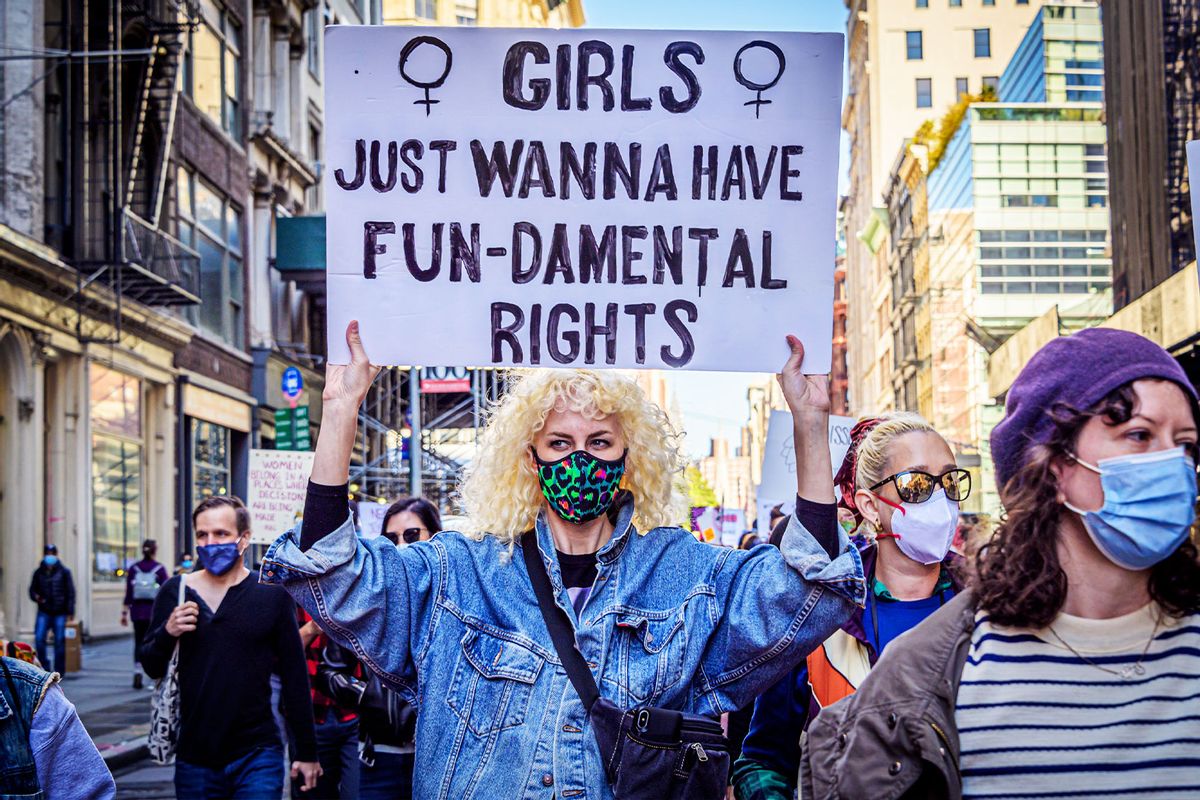Bitcoin hit a new all-time high of $89,995 on Monday, increasing by $20,000 since former President Donald Trump was announced the winner of the 2024 presidential election. Notably, both President-elect Trump and Vice President Kamala Harris embraced cryptocurrency in their campaign platforms, even accepting crypto donations. The 2024 election cycle saw over $250 million in crypto donations made to candidates across the ballot, 13 times the sum raised in 2020.
While this economic surge is promising, the next four years under Trump will likely present significant challenges for the nation’s most vulnerable communities and the environment. He has pledged to deport millions of undocumented immigrants — the backbone of the U.S. labor market. Many are rightfully concerned that the policies he campaigned on will impact women’s rights, LGBTQIA+ rights, gun safety, environmental protections and exacerbate poverty. This makes the ability to mobilize for the causes you care about even more crucial.
As advocates across social sectors brace for an uphill battle, the ability of organizations to respond effectively will depend heavily on funding, volunteer engagement and strategic mobilization.
Here are five strategies of the Web3 ecosystem that offer valuable lessons:
DAOs for mobilization
Decentralized Autonomous Organizations (DAOs) are blockchain-based groups managed by smart contracts instead of traditional leadership structures, which have already demonstrated how Web3 can help mobilize funding quickly.
In a DAO, members have a say in decision-making, aligning incentives and interests toward shared goals. Following the Supreme Court’s reversal of Roe v. Wade in 2022, Choice DAO emerged as a powerful example, coordinating community and capital in the fight for reproductive access. Within just a few months, they raised substantial funds to support organizations overwhelmed by increased demand for abortion services. By using a DAO structure, they organized volunteers, directed resources efficiently and fostered collective action.
This model of decentralized mobilization can be adapted to any cause, empowering communities to act swiftly and effectively.
NFTs for justice
Non-Fungible Tokens (NFTs) are unique digital assets that represent ownership of specific items, such as artwork, music or virtual property. Unlike cryptocurrencies bitcoin or ethereum, which are interchangeable, each NFT is one-of-a-kind and holds distinct value. This uniqueness and verifiable ownership have driven the NFT craze, attracting collectors, investors and creators.
Nonprofits can leverage NFTs to engage the crypto community, offering donors a digital collectible as a token of appreciation. For instance, the Women Rise NFT collection sold 10,000 unique art pieces celebrating diverse women globally, raising $130,000 to support the Malala Fund, SOLA Afghanistan, Girl Effect and The Pad Project. At its peak, the NFT floor price reached .86 Ethereum or about $2,800. This approach not only generates revenue but also fosters a sense of ownership and connection among supporters.
Nearly 70% of U.S. crypto holders are Gen Z or millennials
Adding a new revenue stream
Nearly 70% of U.S. crypto holders are Gen Z or millennials, a prime audience for nonprofits seeking to engage a tech-savvy, socially conscious donor base. Crypto donors also give 82 times more than cash donors. Navigating the volatile crypto market, regulatory uncertainties and complex technological infrastructure can be daunting. However, Givepact’s donation platform simplifies the process by seamlessly converting over 30 cryptocurrencies into cash for any U.S. 501(c)(3) organization. Nonprofits can easily set up their profile on Givepact for free, unlocking access to a new, dynamic stream of funding from the crypto community.”
Crypto donations can boost tax savings
The IRS treats cryptocurrencies as property for tax purposes, meaning donors can deduct the fair market value of their crypto donations on their tax returns without being subject to capital gains tax. With an estimated 52 million U.S. crypto holders, many benefiting from recent market surges, there’s a limited window to consider these donations for the current tax year. By contributing appreciated crypto assets to nonprofits, donors can support causes they care about while optimizing their tax positions.
Open a Donor Advised Fund
In the first four months of 2024, cryptocurrency contributions to Fidelity Charitable’s donor-advised fund exceeded $330 million, nearly matching the total crypto donations for all of 2021. This surge reflects the growing integration of digital assets into philanthropic giving. DAFs allow donors to contribute assets, receive an immediate tax deduction and recommend grants to their favorite nonprofits over time.
DAFs often have lower fees than other charitable vehicles, ensuring that a larger portion of each donation goes directly to the cause. Additionally, funds in a DAF can be invested, enabling the donation to grow over time and providing even greater support for charities in the future. Givepact offers both cash and crypto DAF services, making it easier for donors to make a lasting impact.
Read more
about personal finance














